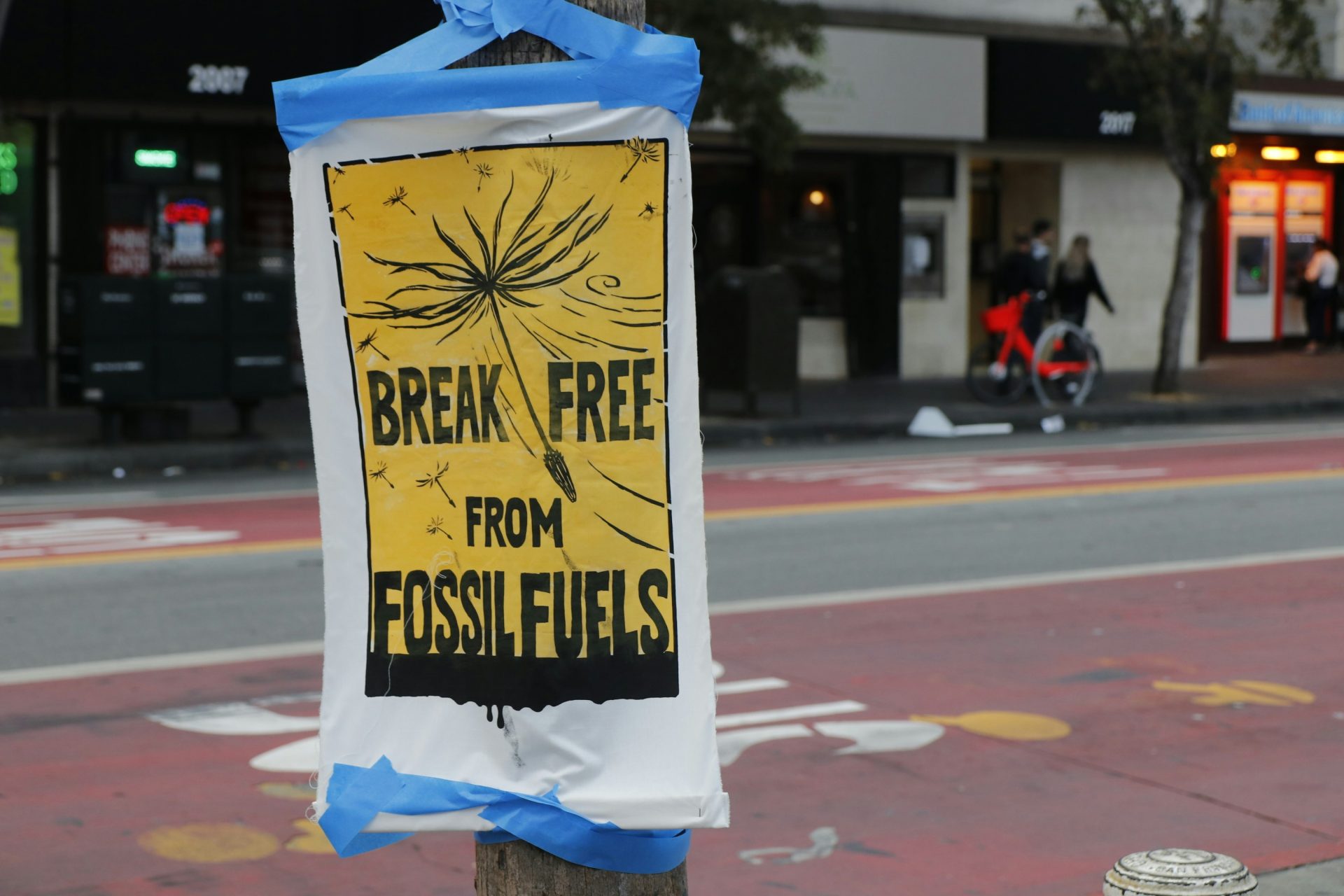Green Hydrogen: A Mature and Proven Energy Source
Demand for clean energy is driving interest in green hydrogen (H2) worldwide, with further impetus coming from the need for energy independence. While hydrogen is a proven and clean-burning fuel, it also involves a number of logistical challenges. Especially green hydrogen, produced using renewable energy sources like solar, wind and hydropower, requires long-range transport from the Global South, where renewables are abundant and growing, to northern geographies. Conversion to ammonia (NH₃) for storage and transportation, then reconversion to hydrogen at the point of use, offers the safest and most cost-effective solution. Highly efficient ammonia synthesis and cracking comprise the process used for conversion and reconversion, a key enabler of the transition to the Green Hydrogen Economy.
Europe has huge potential as a market for hydrogen due to its high energy consumption and resource constraints. Blue hydrogen, produced by non-renewable energy sources, falls short of the goals for CO2 reduction set by governmental bodies and an increasingly aware public. Still, it can be an important stepping stone on the path to low greenhouse gas (GHG) emissions, as the CO2 emissions resulting from its production can be minimized using carbon capture and sequester (CCS) technology. Sub-Saharan Africa is predestined to produce renewable based hydrogen at low cost to cover regional energy needs as well as to sell to energy-hungry European countries. Mauritania, with its three major ports providing access to Atlantic shipping routes, is in an exceptionally strong position to develop a hydrogen infrastructure for domestic use and export.
The Green Hydrogen Economy: Technical background
Currently, hydrogen is transported and stored mainly in the form of liquid compressed hydrogen. This has the disadvantage of needing to be stored either under high pressure (350-700 bar) or at extremely low temperatures (-253°C). This specialized handling raises costs. A less widespread variant is liquid organic hydrogen carrier (LOHC), a technology in which hydrogen is chemically bonded to a stable organic liquid carrier. This reduces the complexity of handling and allows usage of existing fuel networks.
However, where long-range transport is required, by far the most efficient and cost-effective solution to date is conversion to ammonia (NH3) via synthesis. The resulting energy carrier can then be shipped to market using the existing global ammonia infrastructure. This point is significant: ammonia is classified as non-flammable when being transported, and is the second-most widely produced commodity chemical in the world (after sulfuric acid), at an annual average exceeding over 100 million tons. Its worldwide distribution system, which mainly serves the fertilizer and chemicals industries, is safe and well established.
The subsequent cracking process to reconvert ammonia to hydrogen can then take place in centralized large-scale plants located near ports or in smaller decentralized facilities e.g. in urban areas.
Centralized and decentralized ammonia cracking each have certain advantages, depending on the intended point of use. For large-scale processing of more than 1000 metric tons per day (MTPD) of ammonia to feed hydrogen into the energy grid, major industrial plants are clearly favorable. These can be built to employ high-temperature catalysts that deliver a high gas hourly space velocity (GHSV) to meet the needs of industrial consumers like municipalities or steel and cement producers. Decentralized facilities, in contrast, are suitable for small-scale processing of approximately 100kg of ammonia per hour using low-temperature catalysts with low GHSV. Ideal locations are near filling stations supplying hydrogen for vehicles.
Cracking: A proven technology
Ammonia cracking, or dissociation, is an endothermic reaction that separates the chemical’s nitrogen and hydrogen atoms. Depending on the temperatures used in the reaction, catalysts based on either precious metal or nickel are applied.
The European chemicals industry, which has been producing reforming catalysts since the 1950s, has developed nickel-based catalysts that operate at temperatures over 800 °C and pressures exceeding 30 bar. Hundreds of such ammonia cracking plants are already in operation. New developments include nickel, high-activity catalysts that operate at lower temperatures.
The cracking process comprises ammonia vaporization, cracking, heat recovery and hydrogen separation/purification. Reactor types can be divided into fired tubular reactors and adiabatic reactors. The design of fired tubular reactors is analogous to steam reforming, with catalysts requiring high mechanical stability and a low pressure drop, which means they must be large. They operate at pressures of 20 to 40 bar and at temperatures of up to 700 °C. Fired tubular reactors are suitable for centralized large-scale industrial plants. In adiabatic reactors, catalysts must have high active metal content and can be smaller. Demands on mechanic stability are lower, as are operating temperatures, at up to 650 °C. This makes them suitable for decentralized facilities, e. g. serving fuel cell-powered vehicles.
Ultimately, researchers foresee the greatest potential in nickel-based catalysts in both adiabatic and fired tubular reactors. One consideration is that ruthenium is one of the rarest metals on the planet, while nickel ore is mined on several continents in abundance. In addition, nickel is readily recyclable, contributing to the Circular Economy. Ongoing research indicates that nickel-based catalysts can offer versatility in adiabatic and fired tubular systems of various sizes.
Hydrogen: A win-win-win opportunity
Hydrogen is a fuel that has proven itself over decades. As the global community advances hydrogen production, storage and shipping technologies, unprecedented opportunities to increase the scope and leverage economies of scale are opening up. With emerging regions across the Global South becoming involved in the hydrogen ecosystem, those economies stand to benefit from secure, clean domestic energy as well as lucrative export business – paving the way to job creation and greater financial inclusion.



